Tún
Proyectos Ultravioleta, Guatemala City, Guatemala
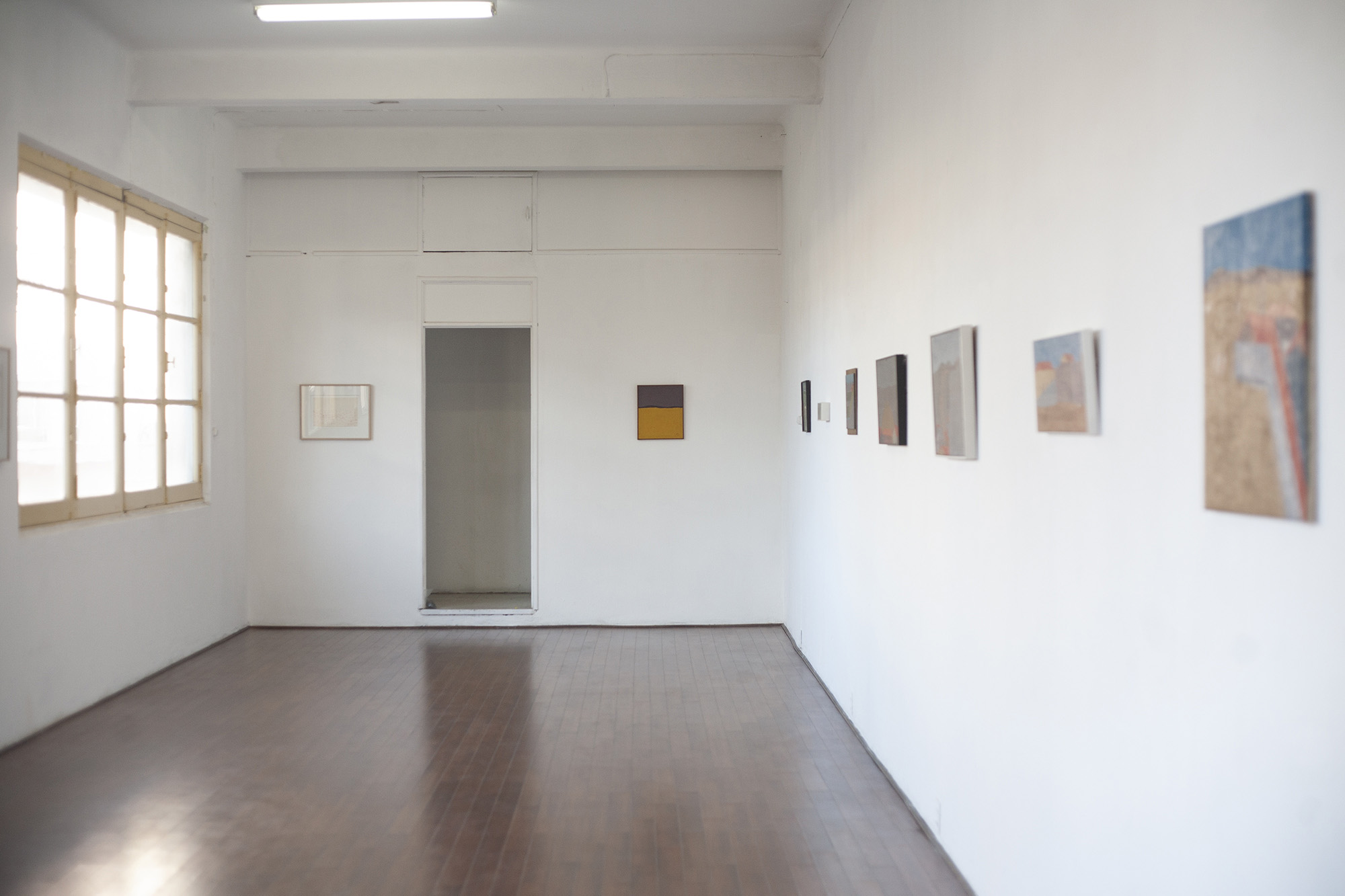
Tún
José Francisco Tún 2012 Proyectos Ultravioleta Guatemala City, Guatemala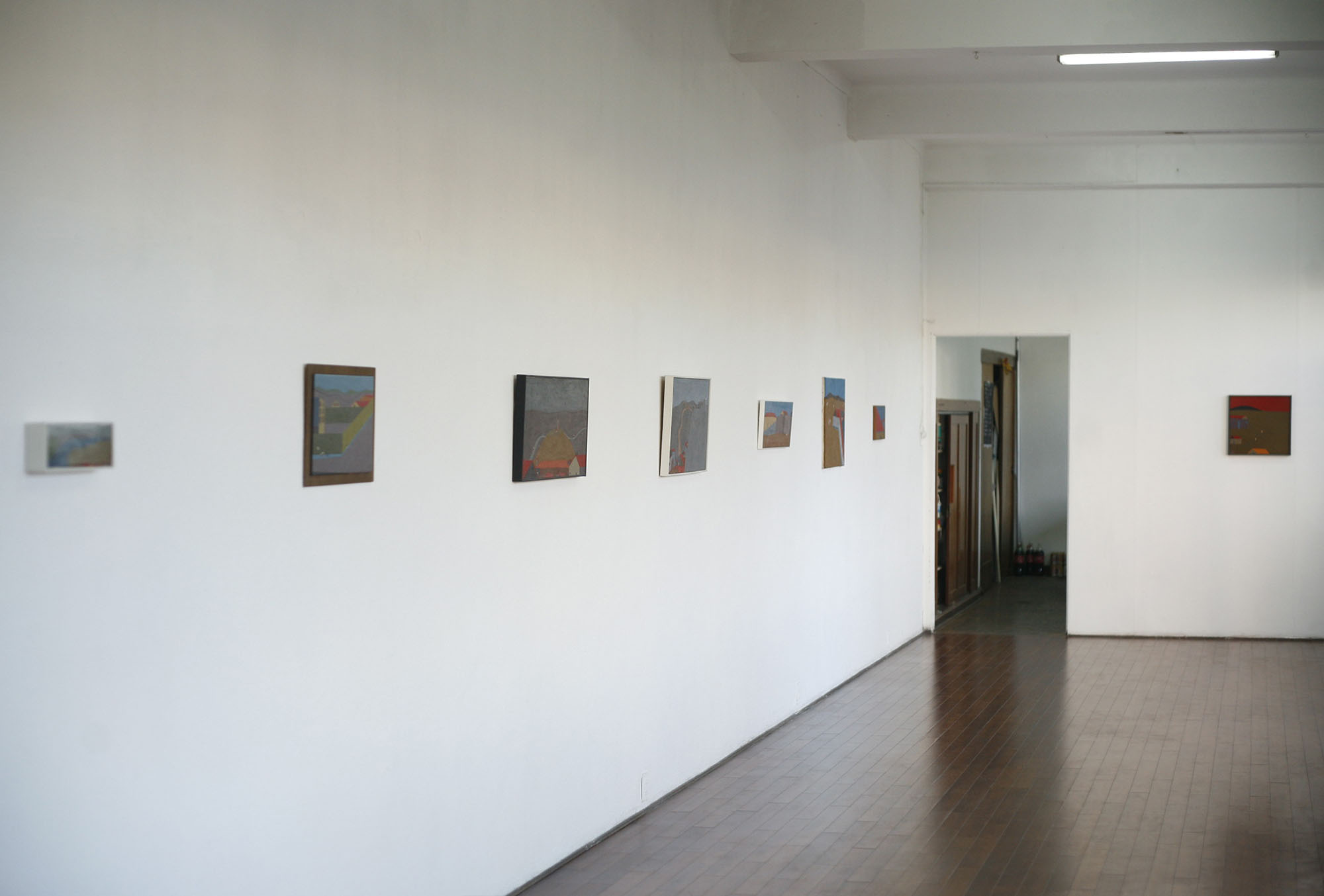
Tún
José Francisco Tún 2012 Proyectos Ultravioleta Guatemala City, Guatemala
Tún
José Francisco Tún 2012 Proyectos Ultravioleta Guatemala City, Guatemala
Tún
José Francisco Tún 2012 Proyectos Ultravioleta Guatemala City, Guatemala
Tún
José Francisco Tún 2012 Proyectos Ultravioleta Guatemala City, Guatemala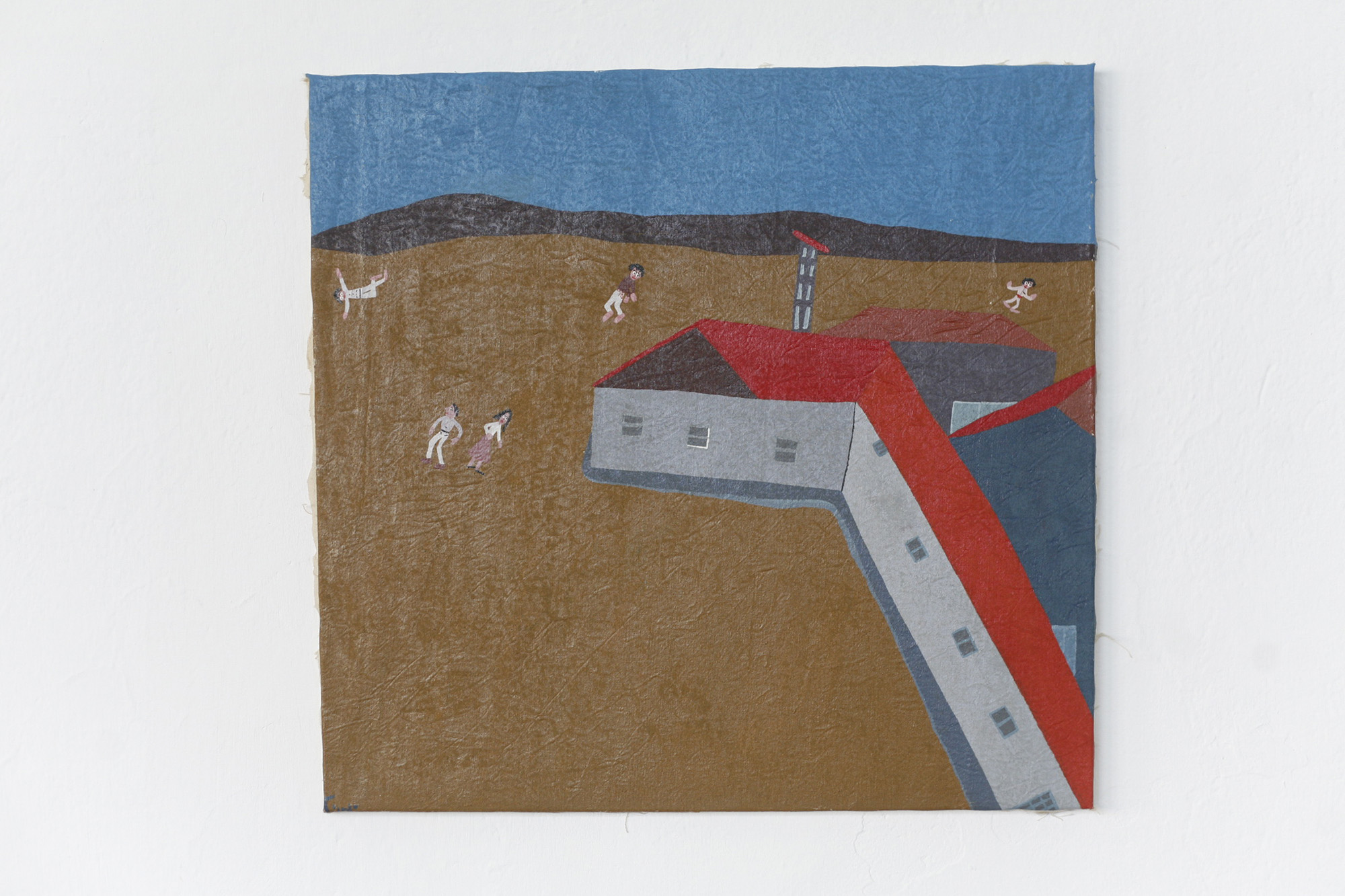
Tún
José Francisco Tún 2012 Proyectos Ultravioleta Guatemala City, Guatemala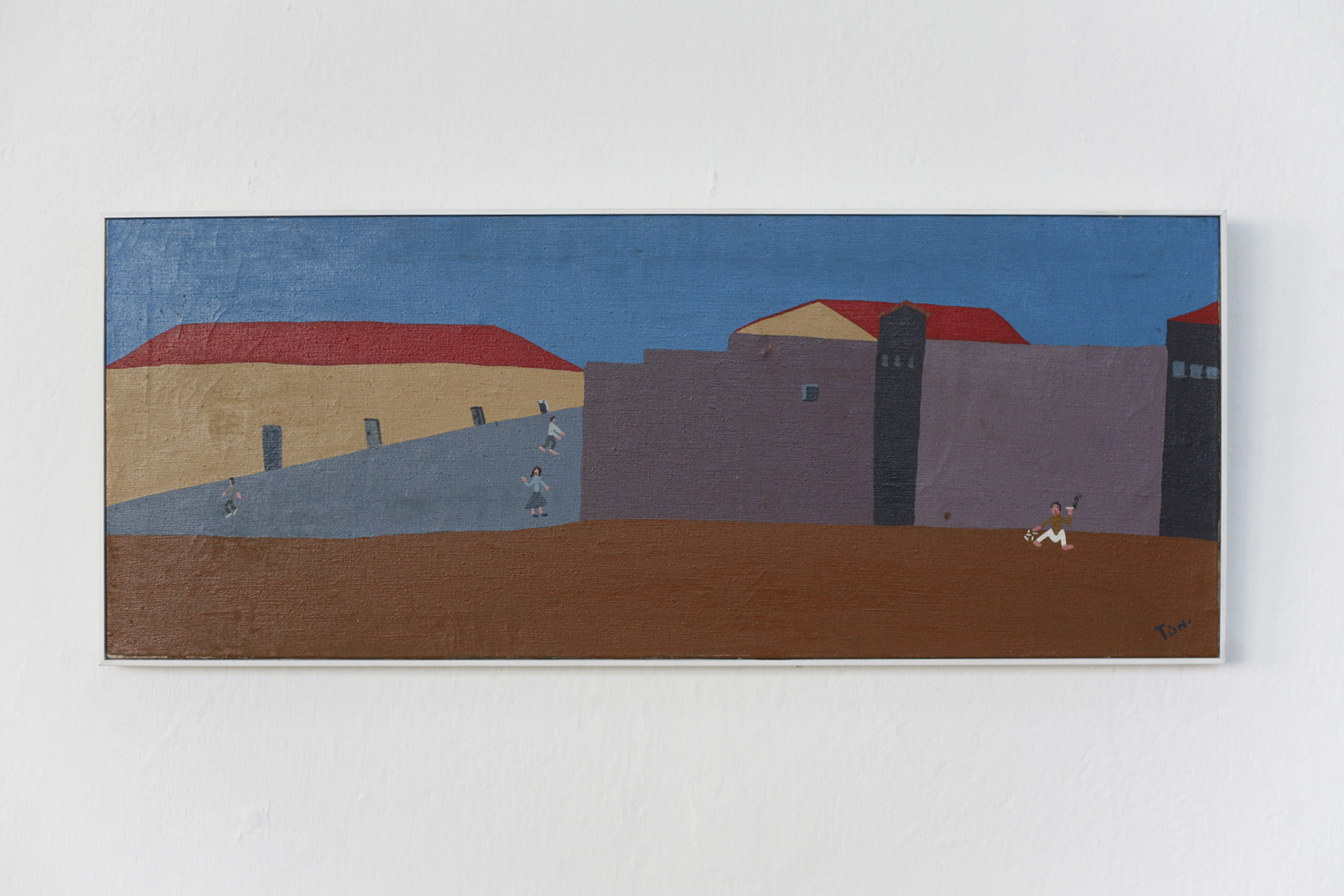
Tún
José Francisco Tún 2012 Proyectos Ultravioleta Guatemala City, Guatemala
Tún
José Francisco Tún 2012 Proyectos Ultravioleta Guatemala City, Guatemala
Tún
José Francisco Tún 2012 Proyectos Ultravioleta Guatemala City, Guatemala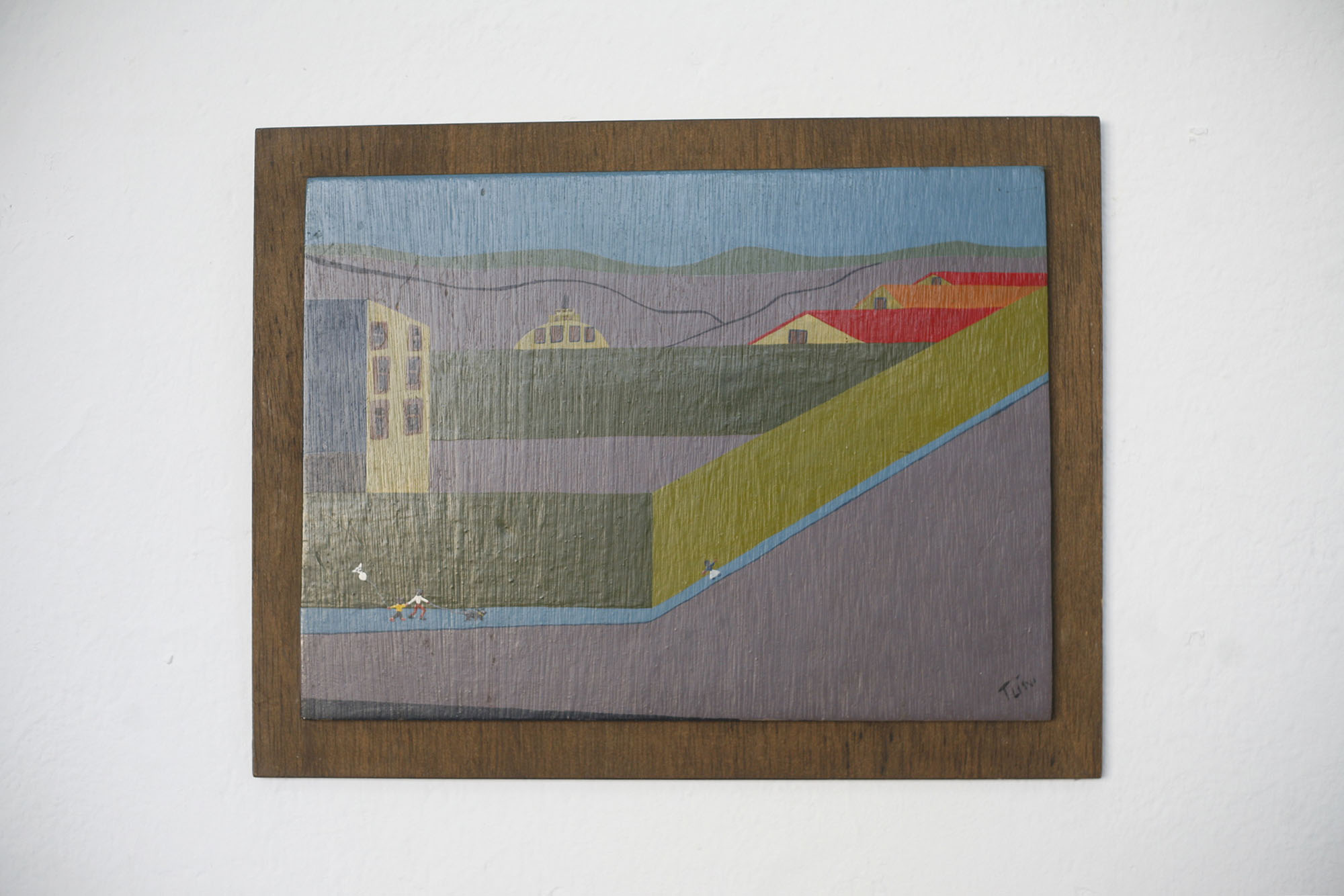
Tún
José Francisco Tún 2012 Proyectos Ultravioleta Guatemala City, Guatemala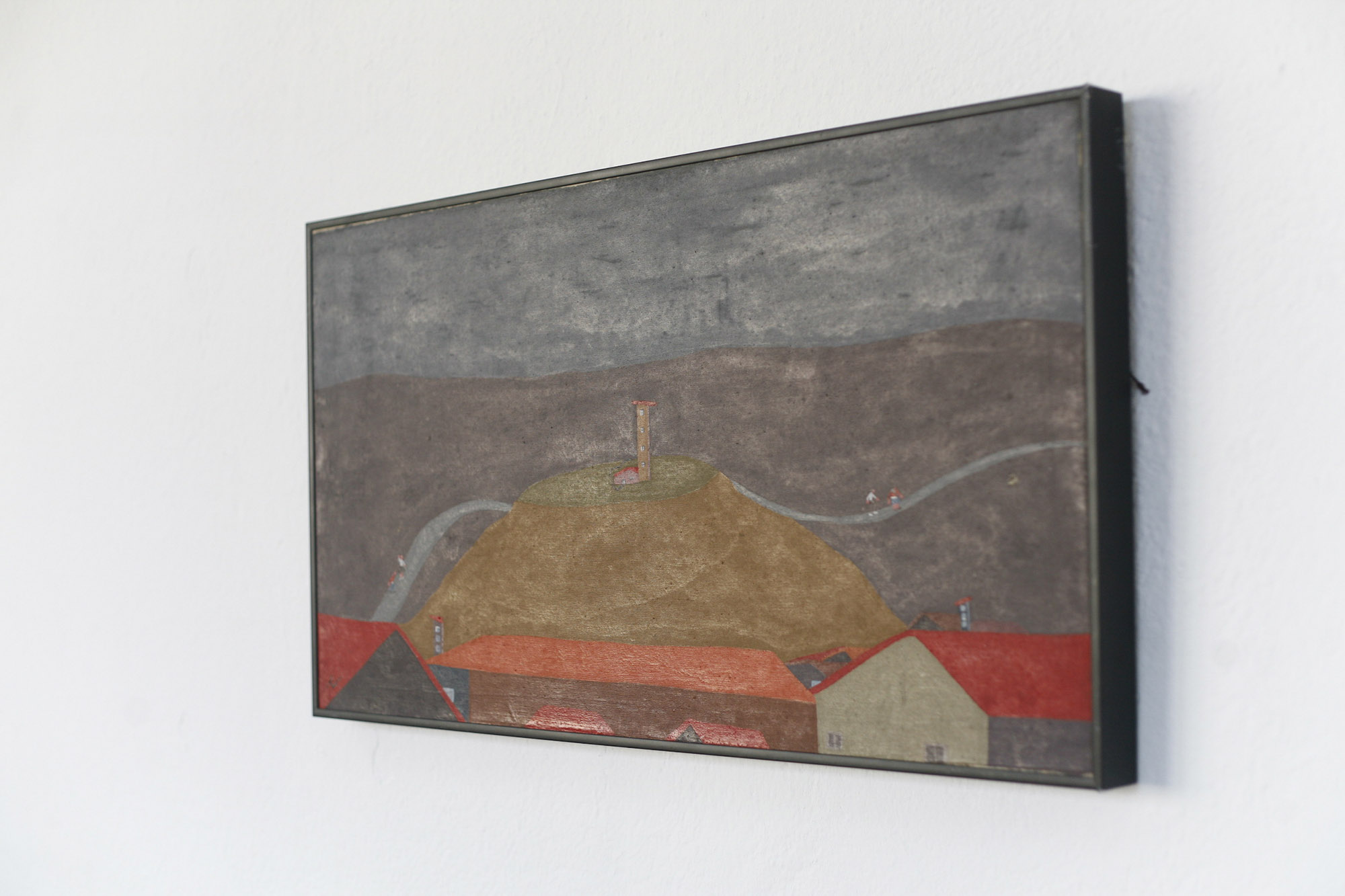
Tún
José Francisco Tún 2012 Proyectos Ultravioleta Guatemala City, Guatemala
Tún
José Francisco Tún 2012 Proyectos Ultravioleta Guatemala City, Guatemala
Tún
José Francisco Tún 2012 Proyectos Ultravioleta Guatemala City, Guatemala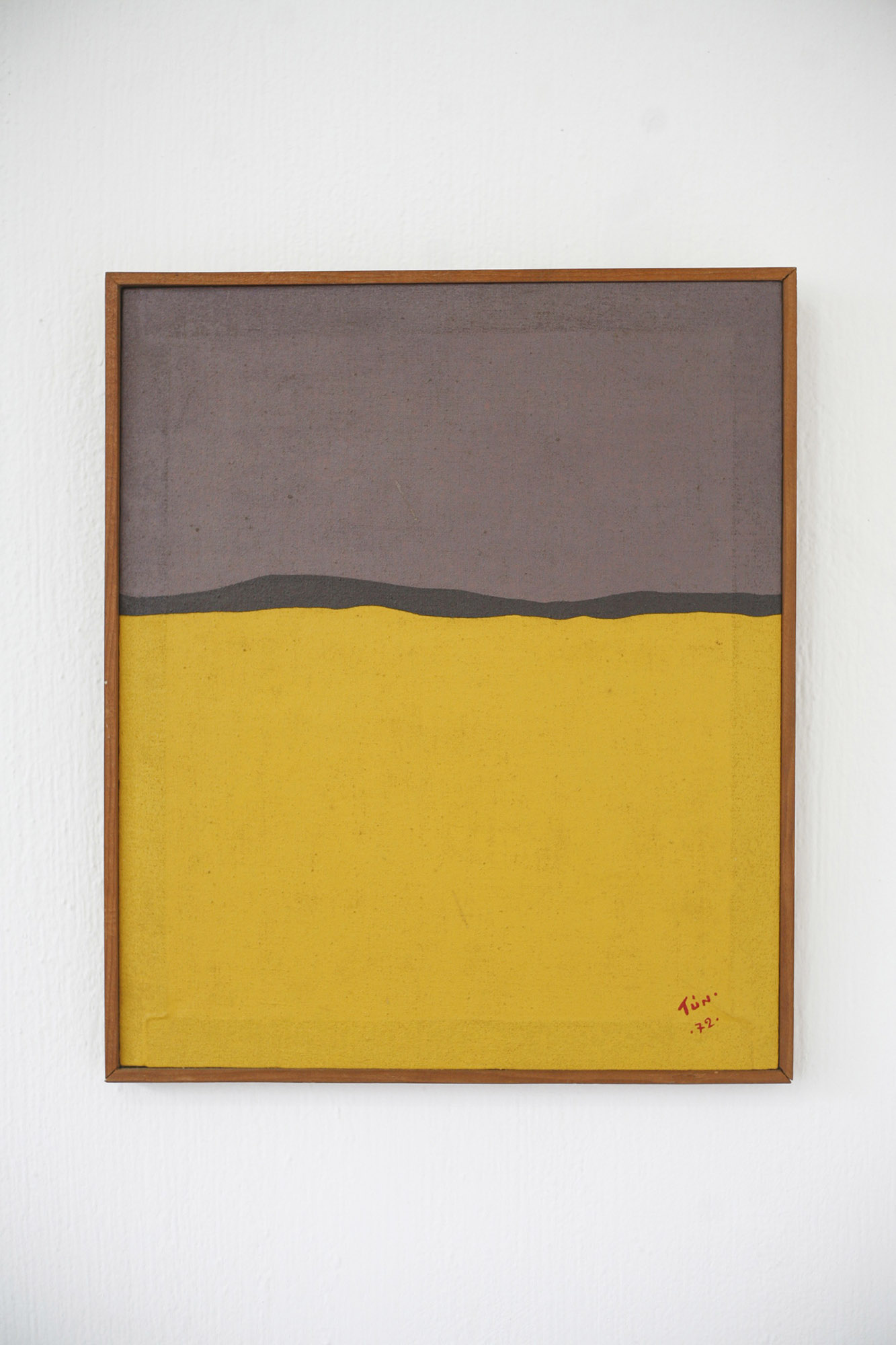
Tún
José Francisco Tún 2012 Proyectos Ultravioleta Guatemala City, Guatemala
Tún
José Francisco Tún 2012 Proyectos Ultravioleta Guatemala City, Guatemala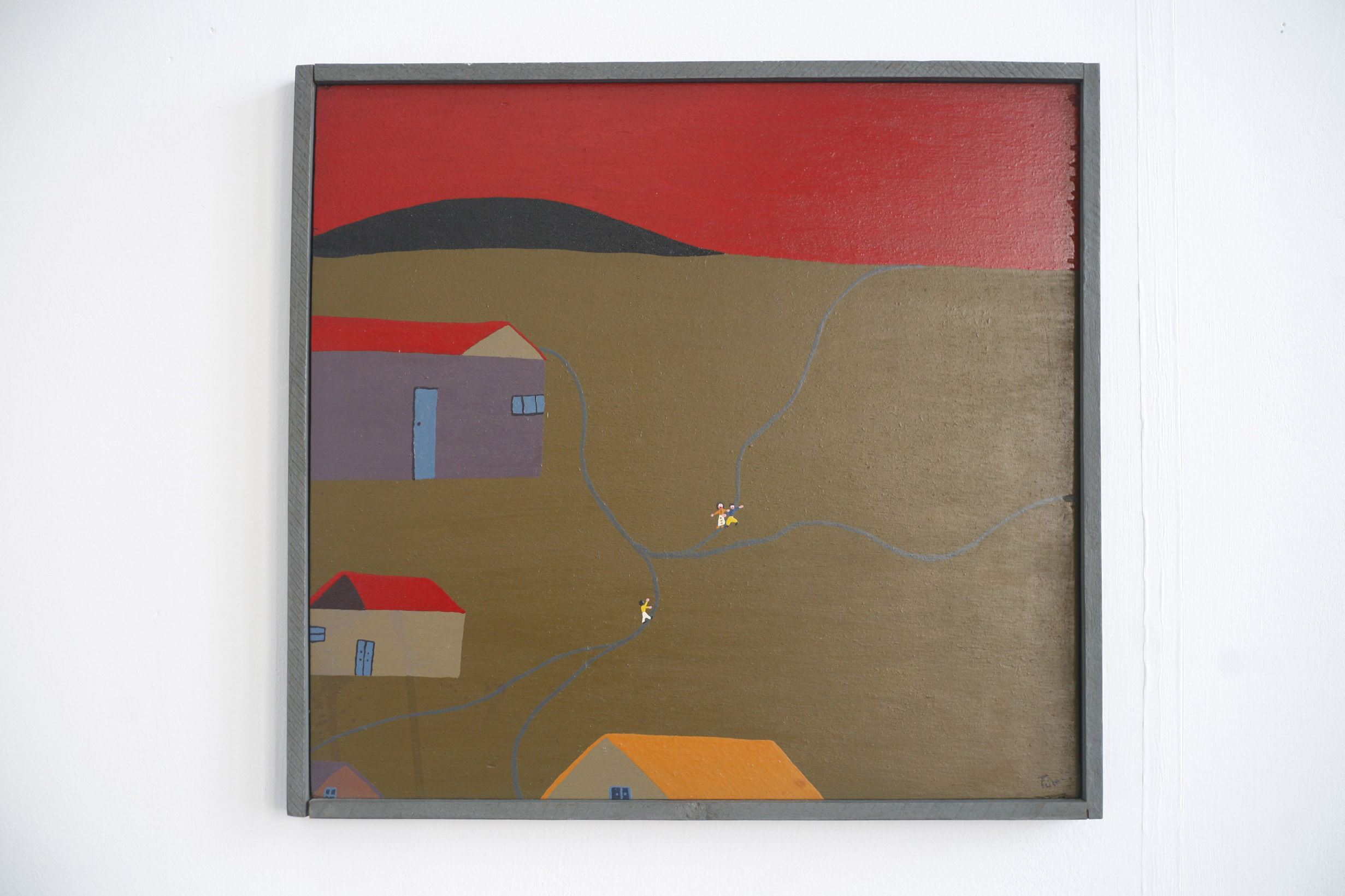
Tún
José Francisco Tún 2012 Proyectos Ultravioleta Guatemala City, Guatemala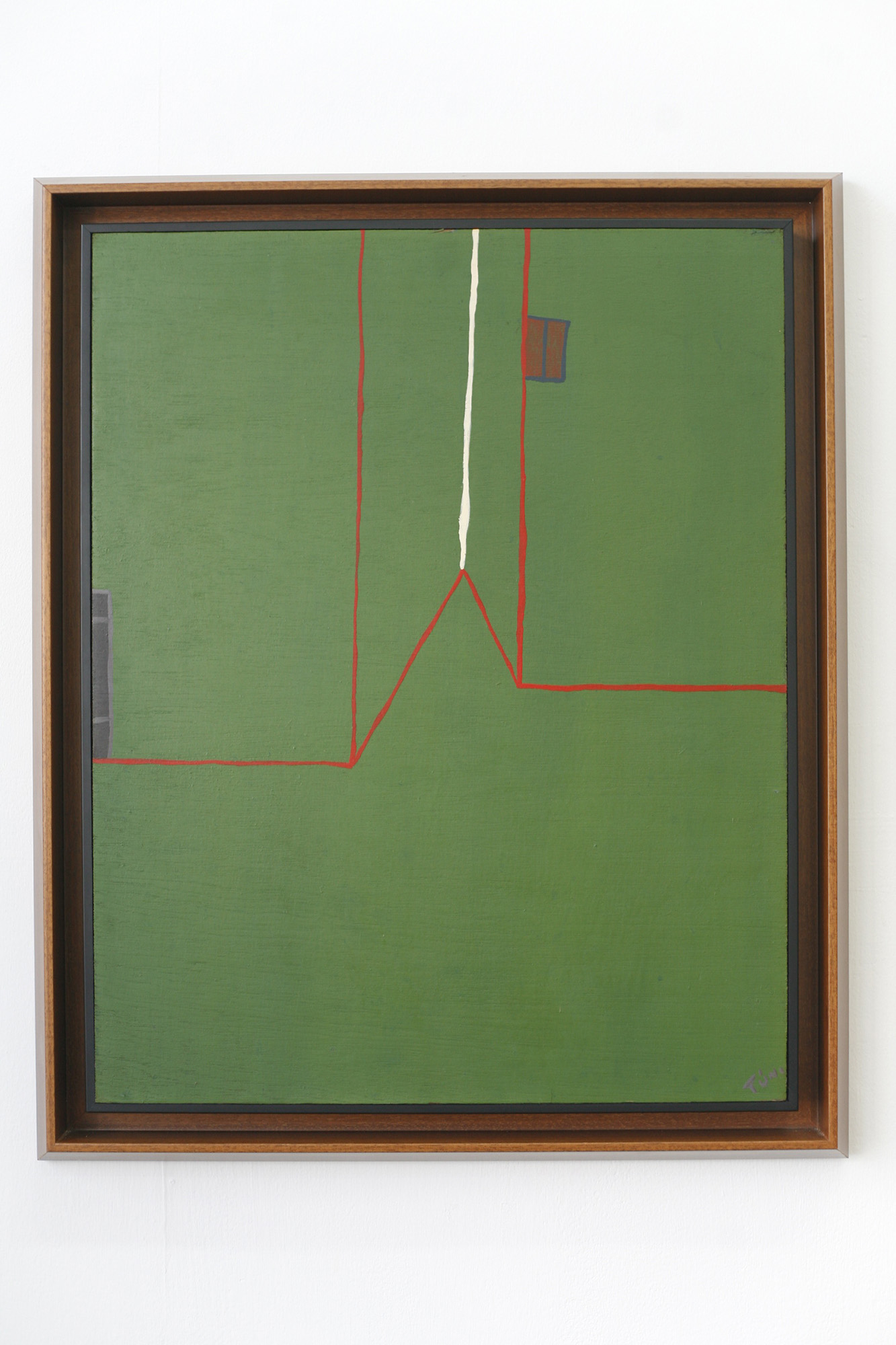
Tún
José Francisco Tún 2012 Proyectos Ultravioleta Guatemala City, Guatemala

Tún
José Francisco Tún 2012 Proyectos Ultravioleta Guatemala City, Guatemala
Tún
José Francisco Tún 2012 Proyectos Ultravioleta Guatemala City, Guatemala
Tún
José Francisco Tún 2012 Proyectos Ultravioleta Guatemala City, Guatemala
Tún
José Francisco Tún 2012 Proyectos Ultravioleta Guatemala City, Guatemala
Tún
José Francisco Tún 2012 Proyectos Ultravioleta Guatemala City, Guatemala
Tún
José Francisco Tún 2012 Proyectos Ultravioleta Guatemala City, Guatemala
Tún
José Francisco Tún 2012 Proyectos Ultravioleta Guatemala City, Guatemala
Tún
José Francisco Tún 2012 Proyectos Ultravioleta Guatemala City, Guatemala
Tún
José Francisco Tún 2012 Proyectos Ultravioleta Guatemala City, Guatemala
Tún
José Francisco Tún 2012 Proyectos Ultravioleta Guatemala City, Guatemala
Tún
José Francisco Tún 2012 Proyectos Ultravioleta Guatemala City, Guatemala
Tún
José Francisco Tún 2012 Proyectos Ultravioleta Guatemala City, Guatemala
Tún
José Francisco Tún 2012 Proyectos Ultravioleta Guatemala City, Guatemala
Tún
José Francisco Tún 2012 Proyectos Ultravioleta Guatemala City, Guatemala
Tún
José Francisco Tún 2012 Proyectos Ultravioleta Guatemala City, Guatemala
Tún
José Francisco Tún 2012 Proyectos Ultravioleta Guatemala City, Guatemala
Tún
José Francisco Tún 2012 Proyectos Ultravioleta Guatemala City, Guatemala
JOSÉ FRANSISCO TÚN
By Edith Recourat
In Guatemala, a country of five thirteen million inhabitants, 60% of the population is under twenty years of age. Old land and young country, it is from his youth that the new values sprout every day. And if youth, today, is synonymous with rebellion against sclerosed and outdated structures, it also happens that it brings us a fresh, uncontaminated image of the world that surrounds it.
José Francisco Tún was born and was born in the city of Guatemala in 1948 and has chosen as a child he chose the sunny slopes of the Cerrito del Carmen as a field of observation and recreation. There, between heaven and earth, has been formed formed a vision, infinitely personal and original of the land and its inhabitants. Vision that imprinted his work the seal of space freedom while reducing beings and city to an organic whole endowed with window-eyes, arteries-roads, towers-lighthouses, and walls of smooth epidermis.
Its family landscape has been a sea of domes and roofs whose silhouettes are diurnal and nocturnal, cut against the intense blue of the parish sky or in the nocturnal haze of the far away. From the streets of stone or asphalt that surround the Cerrito before moving away in tangential angles, echoes of laughter and quarrels reached him. The dream on the one hand, the street scenes on the other, came to constitute thus the two permanent poles of this work that restores its meaning to the most trite words: authenticity, genuine, etc. Clean and subtle, refined and honest, it is born from an interior vision projected towards formal and expressive elements, apparently independent of each other but that are completed without opposing each other. Nothing is invented and everything is new. From his aerial viewpoint, Tún seems to be the first to discover the imaginary and real world. He seems to be the first to discover the soul of things. He seems to be the first to lend the magic of color to the sad city.
In an era so saturated with hatred and resentment, Tún’s work seems to us outside of time and contingencies. Not out of indifference but because of a lack of antagonism and calculation.
“Primitivo”, in the best sense of the word, recreates a direct poetic current with surrounding elements, erasing without effort how much opacity, how much cliché, how much pseudo-intellectual and material vulgarity would have made him lose his identity and his essential relationship with man.
Before an urban country poetized by the distance and the changes of light in the morning and in the evening, José Francisco Tún has created a style and color genuinely his own. Figurative art, even in the pure triangles of “La Esquina” or in the trompe l’oeil frame of “La Ventana”, accepts no more measure than that of the impact provoked in his imagination by the function or form of the observed. So from the blue and yellow landscapes of “La Aldea”, from “La Entrada”, from “6 o’clock in the afternoon”: they owe little to reality and approach a surrealism without anguish that owes nothing to the past or to fashion .
In vain would be sought pretension, influence or morbidity to this painting, the result of an intimate harmony between the theme and the most extreme sensitivity.
However, despite its conceptual clarity and the originality of its composition, it is because of the refinement and subtlety of its color that it distinguishes itself more. There is no limit to the chromatic combinations obtained by Tún, both through mixtures of dyes and in their application. From grays to yellows, through the whole range of acrid tones, cocoa, coffee, mustard, lilac, halftones, quarters of tones, varied to infinity, punctuated by the bright red of the ceilings, bathed in intense blue; This admirably nuanced painting evokes, suggests and creates its own climate. Consecrates the young artist as a born colorist.
I am not trying to say that this first show by José Francisco Tún is exempt from defects. But, yes, he possesses in the highest degree those essential and irreplaceable qualities of a future great painter, qualities without which no learning, no academic training or exhaustive readings mean anything.
I take this opportunity to dedicate a few words of gratitude to John Gody, a businessman and a great amateur of beauty and painting. Since the initial impulse given in 1964 by the DS Gallery, a group of national and foreign collectors enthusiastic about the Guatemalan plastic expression has been formed. Among them, John Gody has distinguished himself due to his constant interest and encouragement for and with artists.On this occasion, I would like to thank Edith Recourat very much for the moral and material support she has given us and without which today’s exhibition would not have been possible.
The Impartial.Proyectos Ultravioleta Guatemala, October 13, 1970, January 19, 2012.
Other exhibitions by these artists at Proyectos Ultravioleta:
-
To Name a Bird is to Sing With It
Amalia Pica
Guatemala
-
Art Basel 2024
Basel
-
Frieze NY 2024
New York
-
Frieze NY 2023
New York
-
ARCO Madrid 2023
Madrid
-
The Night Dies by the Day, the Day Dies by the Night
Guatemala
-
Arco Madrid 2022
Madrid
-
Ríos de gente (Rivers of People)
Regina José Galindo
Guatemala City
-
Art Basel Miami 2021
Miami
-
First Sunrises on Earth
Proyectos Ultravioleta, Guatemala City
-
NADA Miami 2020
Miami
-
Artissima XYZ 2020
Online
-
ART DÜSSELDORF 2019
Naufus Ramírez-Figueroa
Düsseldorf, Germany
-
Suavitel Entertainment Club
San Juan, Puerto Rico
-
Oh shining star testify
Guatemala City, Guatemala
-
Frieze London 2019
Hellen Ascoli
London, UK
-
Chicago Invitational 2019
Elisabeth Wild
Chicago, USA
-
CONDO Shanghai
Regina José Galindo
Shanghai, China
-
Sometimes you have to go down to go up
Akira Ikezoe
Guatemala City, Guatemala
-
LISTE 2019
Basel, Switzerland
-
Frieze NY 2019
Naufus Ramírez-Figueroa
New York, USA
-
ArteBA 2019
Naufus Ramírez-Figueroa
Buenos Aires, Argentina
-
SP-ARTE 2019
Jorge de León
São Paulo, Brazil
-
CONDO São Paulo
São Paulo, Brazil
-
Of the Color of the Forest, at the Bottom of the Sea
Johanna Unzueta
Guatemala City, Guatemala
-
ARCO Madrid 2019
Madrid, Spain
-
Live Happily
Guatemala City, Guatemala
-
Condo London
Hellen Ascoli
London, UK
-
NADA Miami 2018
Miami, USA
-
Frieze London 2018
Johanna Unzueta
London UK
-
The Guardian of the Forest
Naufus Ramírez-Figueroa
Guatemala City, Guatemala
-
LISTE 2018
Akira Ikezoe
Basel, Switzerland
-
Uncertain Nature, or how Landscape is Constructed From Guatemala
Guatemala City, Guatemala
-
ArteBA 2018
Elisabeth Wild
Buenos Aires, Argentina
-
Frieze NY 2018
Jorge de León
New York, USA
-
Condo Unit SP
São Paulo, Brazil
-
NADA Miami 2017
Miami, USA
-
Fantasías
Elisabeth Wild
Glendale California, USA
-
Frieze London 2017
Regina José Galindo
London, UK
-
The Objective
Regina José Galindo
Guatemala City, Guatemala
-
El eje del mal (The Axis of Evil)
Glendale California, USA
-
I Woke Up Early to Comb the World
Hellen Ascoli
Guatemala City, Guatemala
-
Condo NY
Vivian Suter
New York, USA
-
LISTE 2017
Naufus Ramírez-Figueroa
Basilea, Switzerland
-
Frieze NY 2017
Akira Ikezoe
New York, USA
-
Modulated Emotions
Guatemala City, Guatemala
-
NADA NY 2017
Radamés “Juni” Figueroa
New York , USA
-
ARCO Madrid 2017
Madrid, Spain
-
In the Prosperous Days
Jorge de León
Guatemala City, Guatemala
-
Condo London
London, UK
-
NADA Miami 2016
Miami, USA
-
ARTBO 2016
Akira Ikezoe
Bogotá, Colombia
-
Frieze London 2016
London, UK
-
Dennis, the Florifundia and the Pato Poc
Radamés “Juni” Figueroa
Guatemala City, Guatemala
-
LISTE 2016
Naufus Ramírez-Figueroa
Basel, Switzerland
-
Monstera Deliciosa
Guatemala City, Guatemala
-
NADA NY 2016
Akira Ikezoe
New York, USA
-
SP Arte 2016
Radamés “Juni” Figueroa
Sao Paulo, Brazil
-
ARCO Madrid 2016
Madrid, Spain
-
AUTO HYSTŒRIA
Alberto Rodríguez Collía
Guatemala City, Guatemala
-
Material Art Fair 2016
Jorge de León
México, México
-
NADA Miami 2015
Miami, USA
-
ARTBO 2015
Naufus Ramírez-Figueroa
Bogotá, Colombia
-
The End of the East Coincides with the End of the South
Guatemala City, Guatemala
-
LISTE 2015
Basel, Switzerland
-
NADA NY 2015
Elisabeth Wild
New York, USA
-
Touch Wood
Guatemala city, Guatemala
-
ARCO 2015
Naufus Ramírez-Figueroa
Madrid, Spain
-
Zona MACO 2015
México D.F., México
-
NADA Miami 2014
Miami, USA
-
Melvin Laz
Guatemala City, Guatemala
-
Odeón 2014
Alberto Rodríguez Collía
Bogotá, Colombia
-
Ch.ACO 2014
Santiago de Chile, Chile
-
Art-O-Rama 2014
Marseille, France
-
Fantasía
Guatemala City, Guatemala
-
LISTE 2014
Basel, Switzerland
-
NADA NY 2014
New York, USA
-
Zipacna, Creator of the Mountains
Paris, France
-
Elisabeth Wild
Elisabeth Wild
Guatemala City, Guatemala
-
Material Art Fair 2014
México D.F., México
-
The Day Before Yesterday
Guatemala City, Guatemala
-
Octopus
Guatemala City, Guatemala
-
Proyectos Ultravioleta presents: A space to meet art, spend time between nature and culture, see, listen, feel and think.
San José, Costa Rica
-
Architecture and Friendship
Guatemala City, Guatemala
-
Culture and Art in Guatemala
-
Proyectos Ultravioleta presents
Guatemala City, Guatemala
-
Inside Joke
Panama City, Panama
-
Artissima 2012
Turin, Italy
-
The Terrible 2
Guatemala City, Guatemala
-
Proyectos Ultravioleta presents Proyectos Ultravioleta presents…..
Zürich, Switzerland
-
Así que se vaya (So it goes) / Quetzaltenango
Quetzaltenango, Guatemala
-
BOTH ENDS
London, UK
-
Así que se vaya (So it goes) / Comalapa
San Juan Comalapa, Guatemala
-
Dolphin Bay
San Juan, Puerto Rico
-
P O S T P A N A M A X
Panama City, Panama
-
Así que se vaya… (So it goes…)
Guatemala City, Guatemala
-
THE BURNING OF THE DEVIL
Guatemala City, Guatemala
-
Waterfall
Guatemala City, Guatemala
-
International Meeting (Cheverista) of Medellin
Medellin, Colombia
-
We Dress to Express, Not to Impress
Guatemala City, Guatemala
-
Great Masterpieces of the 20th Century
Guatemala City, Guatemala
-
BYOB Guatemala
Guatemala City, Guatemala
-
Mayami Son Machín
Miami, USA
-
LUX
Guatemala City, Guatemala
-
Esther Planas: Events and Aparitions in Red
Guatemala City, Guatemala
-
Tomorrow
Guatemala City, Guatemala
-
Silverio
Guatemala City, Guatemala
-
ULTRAMARICA
Guatemala City, Guatemala
-
Ultra Es Low
San José, Costa Rica
-
ch.ACO
Santiago de Chile, Chile
-
Joy Vinicio
Guatemala City, Guatemala
-
Parents, distance and speed
Guatemala City, Guatemala
-
Buró de Intervenciones Públicas (BIP)
Buró de Intervenciones Públicas
Guatemala City, Guatemala
-
Roldán’s Journal
Guatemala City, Guatemala
-
El (Inter) National (Psycho) Geographic TWAIN
Guatemala City, Guatemala
-
Meneo
Guatemala City, Guatemala
-
Ultrapuñeta
Guatemala City, Guatemala
-
El Juni and his international friends
San Juan, Puerto Rico
-
Circa Labs – Somewhere Over the Rainbow
San Juan, Puerto Rico
-
The Queen has died, the moose killed her
Naufus Ramírez-Figueroa
Guatemala City. Guatemala
-
In My Brother’s House
Guatemala City
-
Alchemy of Aches
Guatemala
-
Herbaria
London
-
Walking Through a Forest, at Night
Guatemala
2023
-
Nada Concreto (Nothing Concrete)
Guatemala City
-
Ríos de gente (Rivers of People)
Regina José Galindo
Guatemala City
2022
-
Oído vegetal (Vegetal Ear)
Guatemala
-
Nina’s Wishbone
London
-
Pisapapeles
Guatemala
-
Pa ru tun che´ (From the Treetop)
Guatemala
2021
-
Suavitel Entertainment Club
San Juan, Puerto Rico
-
Oh shining star testify
Guatemala City, Guatemala
-
CONDO Shanghai
Regina José Galindo
Shanghai, China
-
Sometimes you have to go down to go up
Akira Ikezoe
Guatemala City, Guatemala
2019
-
CONDO São Paulo
São Paulo, Brazil
-
Of the Color of the Forest, at the Bottom of the Sea
Johanna Unzueta
Guatemala City, Guatemala
-
Live Happily
Guatemala City, Guatemala
-
Condo London
Hellen Ascoli
London, UK
-
The Guardian of the Forest
Naufus Ramírez-Figueroa
Guatemala City, Guatemala
-
Uncertain Nature, or how Landscape is Constructed From Guatemala
Guatemala City, Guatemala
-
Condo Unit SP
São Paulo, Brazil
-
When He Woke Up…
Guatemala City, Guatemala
2018
-
Fantasías
Elisabeth Wild
Glendale California, USA
-
The Objective
Regina José Galindo
Guatemala City, Guatemala
-
El eje del mal (The Axis of Evil)
Glendale California, USA
-
I Woke Up Early to Comb the World
Hellen Ascoli
Guatemala City, Guatemala
2017
-
Condo NY
Vivian Suter
New York, USA
-
Modulated Emotions
Guatemala City, Guatemala
-
In the Prosperous Days
Jorge de León
Guatemala City, Guatemala
-
Condo London
London, UK
-
Dennis, the Florifundia and the Pato Poc
Radamés “Juni” Figueroa
Guatemala City, Guatemala
-
Monstera Deliciosa
Guatemala City, Guatemala
-
AUTO HYSTŒRIA
Alberto Rodríguez Collía
Guatemala City, Guatemala
2016
-
The End of the East Coincides with the End of the South
Guatemala City, Guatemala
-
Touch Wood
Guatemala city, Guatemala
2015
-
Melvin Laz
Guatemala City, Guatemala
-
Fantasía
Guatemala City, Guatemala
-
Zipacna, Creator of the Mountains
Paris, France
-
Elisabeth Wild
Elisabeth Wild
Guatemala City, Guatemala
2014
-
The Day Before Yesterday
Guatemala City, Guatemala
-
Significant Set
Panama City, Panama
-
Octopus
Guatemala City, Guatemala
-
Proyectos Ultravioleta presents: A space to meet art, spend time between nature and culture, see, listen, feel and think.
San José, Costa Rica
2013
-
Architecture and Friendship
Guatemala City, Guatemala
-
Culture and Art in Guatemala
-
Proyectos Ultravioleta presents
Guatemala City, Guatemala
-
Inside Joke
Panama City, Panama
-
The Terrible 2
Guatemala City, Guatemala
-
Proyectos Ultravioleta presents Proyectos Ultravioleta presents…..
Zürich, Switzerland
-
Así que se vaya (So it goes) / Quetzaltenango
Quetzaltenango, Guatemala
-
BOTH ENDS
London, UK
2012
-
Así que se vaya (So it goes) / Comalapa
San Juan Comalapa, Guatemala
-
Dolphin Bay
San Juan, Puerto Rico
-
P O S T P A N A M A X
Panama City, Panama
-
Así que se vaya… (So it goes…)
Guatemala City, Guatemala
-
THE BURNING OF THE DEVIL
Guatemala City, Guatemala
-
Waterfall
Guatemala City, Guatemala
-
International Meeting (Cheverista) of Medellin
Medellin, Colombia
-
We Dress to Express, Not to Impress
Guatemala City, Guatemala
2011
-
Great Masterpieces of the 20th Century
Guatemala City, Guatemala
-
BYOB Guatemala
Guatemala City, Guatemala
-
Mayami Son Machín
Miami, USA
-
LUX
Guatemala City, Guatemala
-
Esther Planas: Events and Aparitions in Red
Guatemala City, Guatemala
-
Tomorrow
Guatemala City, Guatemala
-
Silverio
Guatemala City, Guatemala
-
ULTRAMARICA
Guatemala City, Guatemala
-
Ultra Es Low
San José, Costa Rica
-
ch.ACO
Santiago de Chile, Chile
-
Joy Vinicio
Guatemala City, Guatemala
2010
-
Parents, distance and speed
Guatemala City, Guatemala
-
Buró de Intervenciones Públicas (BIP)
Buró de Intervenciones Públicas
Guatemala City, Guatemala
-
Roldán’s Journal
Guatemala City, Guatemala
-
El (Inter) National (Psycho) Geographic TWAIN
Guatemala City, Guatemala